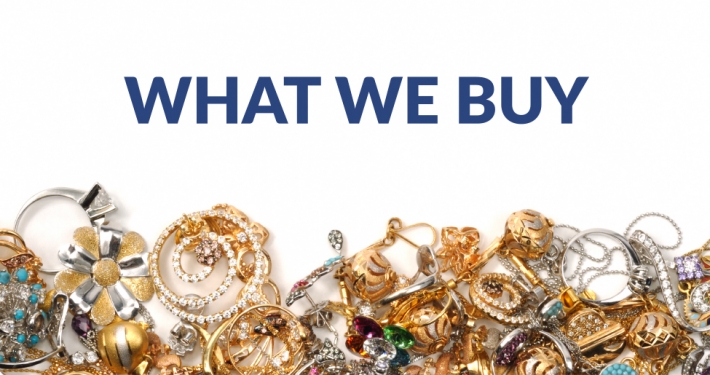Uncovering the Path of Precious Metals from Raw Material Extraction to Trade Supply
Wiki Article
Au has been a precious resource for millions of years, treasured not only for its beauty but also for its usefulness in various markets. The process of gold begins with rock removal, a technique that involves mining. Miners hunt for gold veins in the earth, which can be found in different forms such as nuggets or grains embedded in other minerals. There are several methods of mining, including placer mining and hard rock mining. Placer mining involves locating gold in streams, while hard rock mining requires digging deep into the ground to remove gold-bearing rocks. Both methods can be labor-intensive and require careful strategizing to be successful.
Once the raw material is mined from the ground, it must be refined to extract the gold from other components. This procedure usually starts with breaking the ore into small pieces, making it easier to work with. After crushing, the ore is treated with reagents to separate the gold. One common method is using cyanide, which combines with gold and allows it to be recovered from other minerals. This step is critical because it improves the quality of the gold and conditions it for further refinement. The remaining substances are discarded as tailings, which must be disposed of properly to avoid environmental harm.
After the gold is isolated from the ore, it goes through enhancement to achieve a higher level of refinement. This step often involves fusing the gold at intense temperatures to remove contaminants. Various approaches can be used for refining, including electrolysis and cupellation refining. Electrolysis uses electricity to separate impurities from high-purity gold, while cupellation involves heating gold in a oxidizing furnace that extracts unwanted materials. The final product is typically 99.9% refined gold, ready for use in luxury goods, look at here electronics, and other uses.

Once refined, gold is molded into bars or coins before being distributed to trade centers around the world. Gold bars are commonly used by central banks as a form of investment or backup asset. Currency are often crafted for investors or general circulation, depending on their style and rarity. Supply chains include wholesalers and vendors who sell gold products to buyers. The cost of gold fluctuates based on consumer demand and supply elements, affecting how it is sold and traded internationally.
The entire journey of gold from raw material recovery to market delivery highlights the intricacy of this highly sought metal’s life cycle. Each step requires expertise and skill to ensure that the final material meets regulatory requirements and meets market demands. Comprehending this sequence not only illuminates how coveted assets are harvested but also underscores the importance of environmentally sound mining that safeguard both communities and the biosphere. As global gold demand continues click this link here now around the global economy, recognizing this cycle ensures that we honor its significance beyond mere aesthetics, recognizing its role in our economy and civilization.